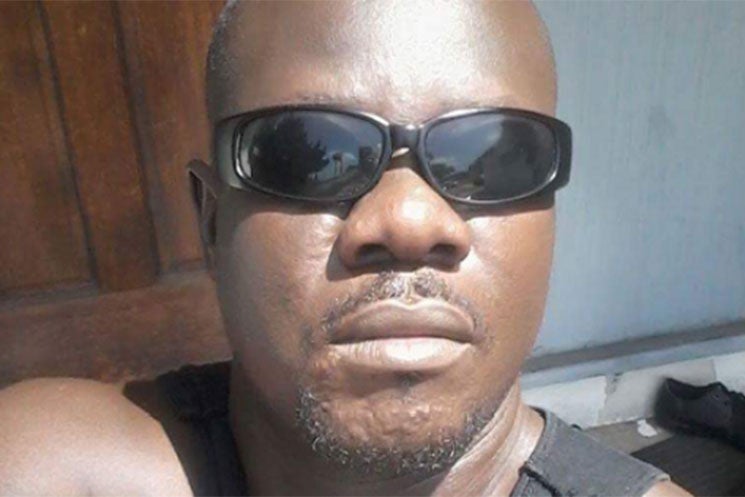
The police-involved shooting of a mentally ill Black man on Tuesday night has the San Diego community in an uproar.
In an all-too-familiar narrative, El Cajon police officers claimed 30-year-old Alfred Olango was “acting erratically” and failed to comply with officers’ instructions to remove his hands from his pockets during a confrontation outside of a restaurant at the Broadway Village Shopping Center, according to USA Today.
Police say Olango then removed an unidentified object from his pocket, gripped it with both hands and took a “shooting stance” while pointing it at the officers, prompting one officer to open fire.
But as with many police officer-involved shootings, accounts from law enforcement officials and the public vary.
Here is what we know so far:
Police were called to assist—Olango’s sister was with her brother at a public shopping center in the city when he started to act “erratically.” Olango, 30, had a history of mental illness, reports say, and she called the police to help her handle him.
He was unarmed—Olango was not armed, according to El Cajon Police Chief Jeff Davis. He says that Olango ignored calls to remove his hands from his pockets, pulled out an object out, and then pointed the object in a “shooting stance” towards two officers. This prompted one of them to open fire.
Subscribe to our daily newsletter for the latest in hair, beauty, style and celebrity news.
Cell phone video—The aftermath of the shooting was filmed by a bystander who posted the clip on Facebook. “Why couldn’t you tase him? I told you he is sick. And you guys shot him!” Olango’s sister can be heard telling officers in the video. “I called police to help him, not to kill him.”
Community reaction—The shooting spurred protests at the scene for several hours, with some claiming the man was shot with his hands raised. Demonstrations were also later held outside the police department.
Were his hands up? The police have disputed the claim that Olango was shot with his hands up and produced a frame from cellphone video taken by a witness that appeared to show the man in the “shooting stance.”
El Cajon officers do not wear body cameras.
By the numbers—According to Mapping Police Violence, Olango has become the 217th Black American to be killed by police so far this year.
